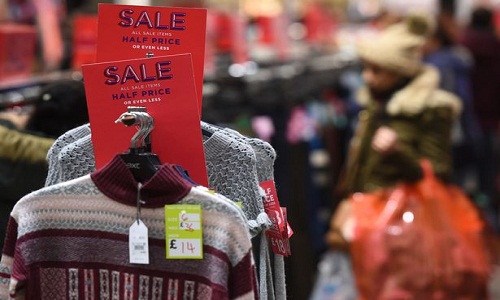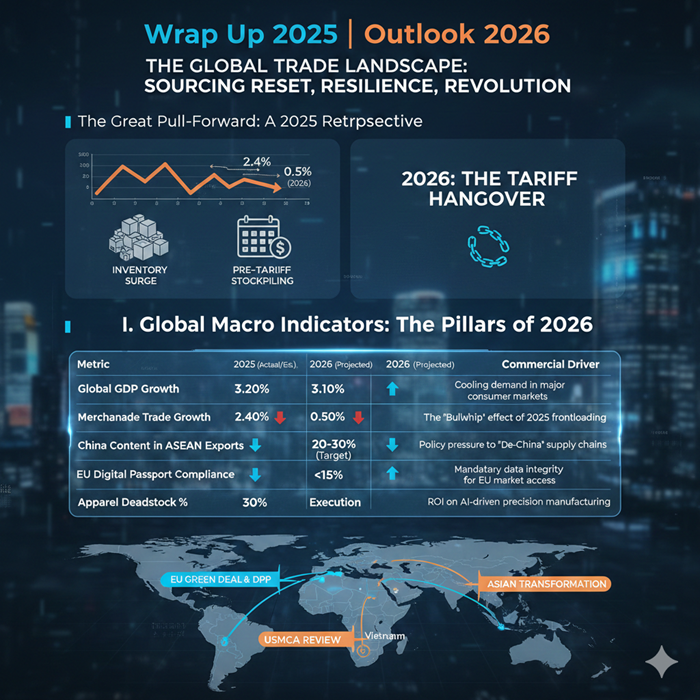"A Nielsen study conducted eight years ago showed that Indian consumers are becoming increasingly conscious of environment-friendly fashion practices. Groups like the Worker Diaries, that advocate the welfare of workers in the region and Fashion Revolution India, which pushes for sustainable and ethical practices in fashion, are making ethical and sustainable issues more visible."
 A Nielsen study conducted eight years ago showed that Indian consumers are becoming increasingly conscious of environment-friendly fashion practices. Groups like the Worker Diaries, that advocate the welfare of workers in the region and Fashion Revolution India, which pushes for sustainable and ethical practices in fashion, are making ethical and sustainable issues more visible.
A Nielsen study conducted eight years ago showed that Indian consumers are becoming increasingly conscious of environment-friendly fashion practices. Groups like the Worker Diaries, that advocate the welfare of workers in the region and Fashion Revolution India, which pushes for sustainable and ethical practices in fashion, are making ethical and sustainable issues more visible.
India has doubled its commitment to reduce carbon emissions. The country is committed to absorb 2.5 to 3 billion tons of CO2 through planting trees, thus achieving 40 per cent renewable energy by 2030 besides reducing the intensity of greenhouse gas emissions based on its GDP by a third below its 2005 levels. A recent United Nations report shows, India is on track to meet the first two of these goals ahead of this deadline, reflecting the government’s dedication to averting a climate disaster.
On a per capita basis, India is still 128th in terms of emissions. As its economy grows, more people will have access to goods that contribute to the world’s pollution, including fashion. As the number of consumers grows, it’s arguably a critical time to introduce eco-friendly products.
As fashion’s biggest European and American brands enter the Indian market, sustainable selling makes good business sense. This is a part of the reason why global giants are pitching themselves to Indians as eco-friendly brands. It’s become clear that to truly tackle the looming threat of climate change brands need to rethink not only what they are selling to customers but also how much.
This is a part of the reason why global giants are pitching themselves to Indians as eco-friendly brands. It’s become clear that to truly tackle the looming threat of climate change brands need to rethink not only what they are selling to customers but also how much.
Innovative approach to reduce environmental footprint
American denim brand Levi’s has been trying to lower its environmental footprint by reducing carbon emissions and using lasers to finish jeans instead of chemicals. Levi’s broadcasts messages about its sustainability goals, its plans to reduce carbon emissions across its offices, retail stores, and distribution network by using 100 per cent renewable sources in its own facilities by 2025, or its new technique for finishing jeans that aims to save 50 billion liters of water by 2020. H&M, plans to use entirely recycled or sustainably sourced materials by 2030, and totally offset its carbon footprint by 2040. A part of this approach is to respond to customer demand and sell more products to eco-conscious Indians. The brand aims to source all its cotton sustainably which will help farmers reduce environmental stress by 2020.
The science of fabric recycling is still in its infancy. Organisations including the H&M Foundation are developing technologies that separate fibers used in fabric blends. But H&M is already collecting clothes from customers to be recycled. In 2017, the company collected 17,771 tons of textiles. It has recycling bins set up at all 40 Indian stores.
Focus on durability increases
As per Ellen MacArthur Foundation, the number of times a clothing is worn before it gets chucked out has declined by 36 per cent since 2000, with many consumers discarding garments after just seven to ten wears. And in that same period, the number of units of clothes sold annually has doubled from 50 billion units to 100 billion units.
Rather than selling more sustainable clothes, a truly earth-changing solution would be to encourage consumers to buy fewer, more durable products. Brands like Patagonia mend customer’s well-worn garments to extend their life. Eileen Fisher eschews fashion trends to encourage customers to wear the same outfits season after season. While these brands haven’t grown as fast as their more popular fast fashion counterparts, they are both successful, profitable businesses.
Global giants thus have a chance to rewrite the book on fast fashion. Instead of idealising newness they could adopt a more effective approach by focusing on quality, durability, and classic looks.












